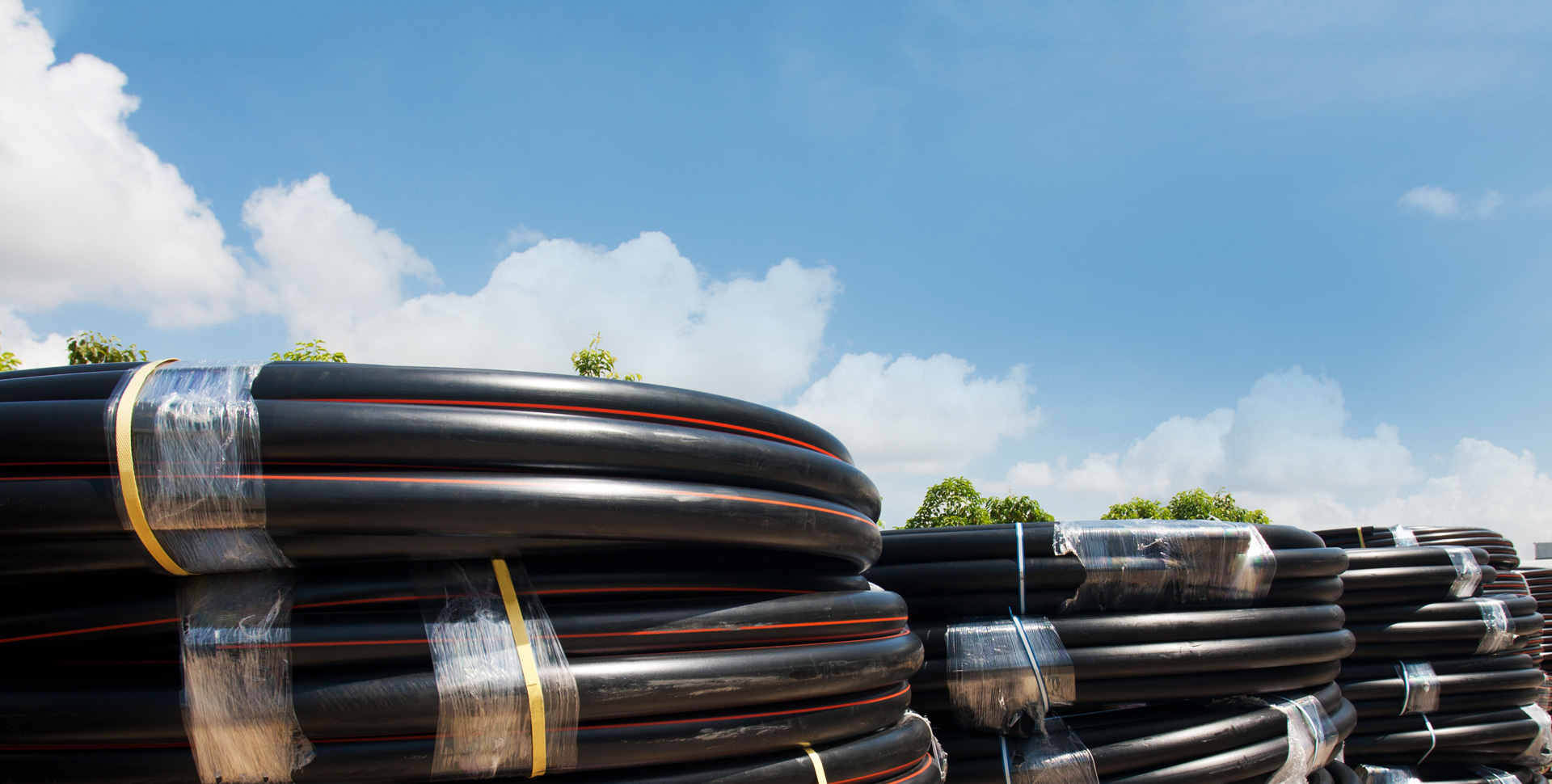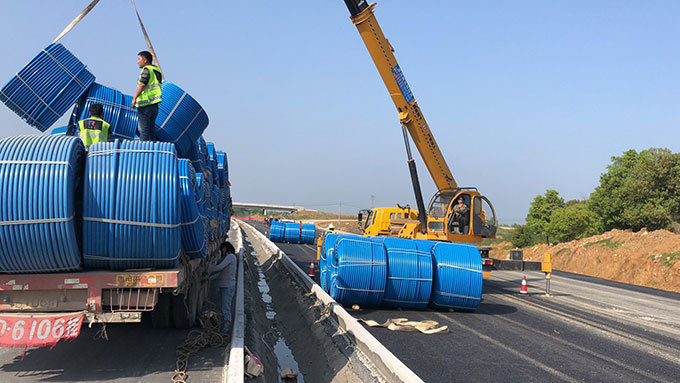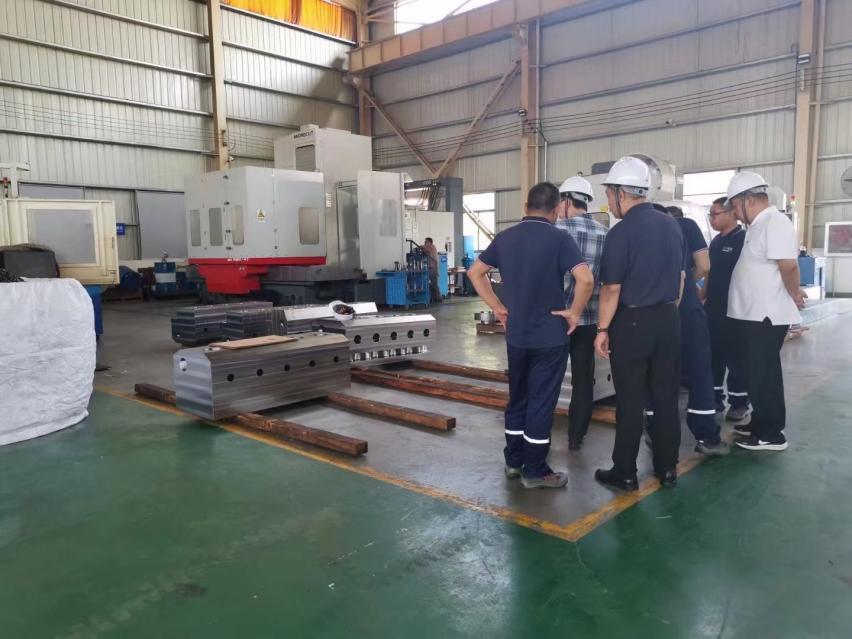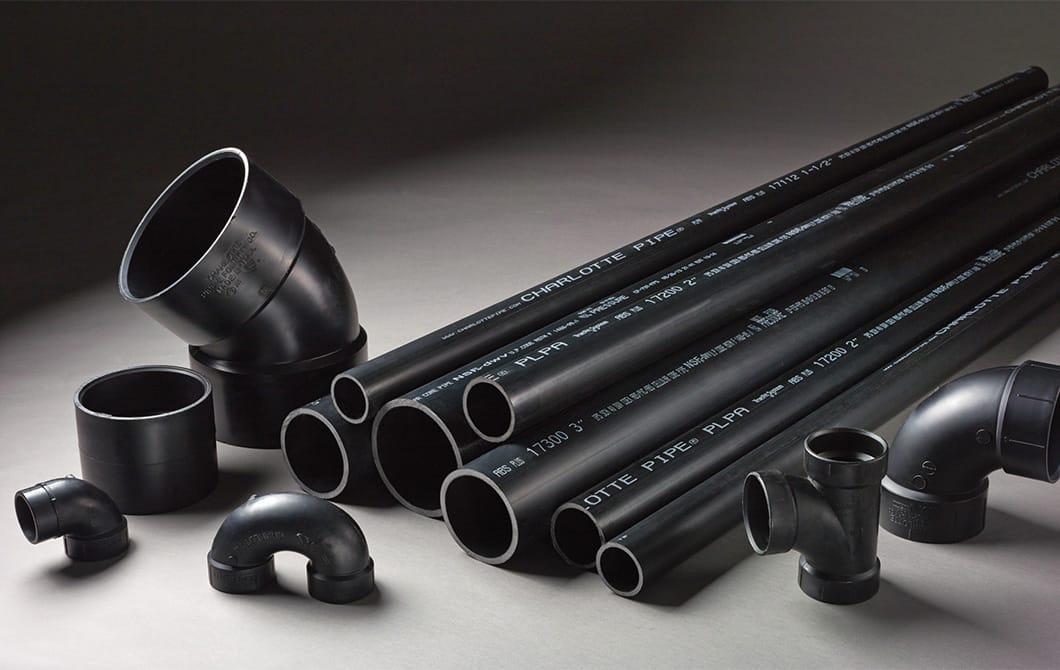Efficiency Redefined: Exploring the Benefits of Porous Communication Power Tubes
Mar 21,2025
Efficiency Redefined: Exploring the Benefits of Porous Communication Power Tubes
Table of Contents
- 1. Introduction to Porous Communication Power Tubes
- 2. Understanding Porous Communication in Power Tubes
- 3. Design and Technology Behind Porous Communication Power Tubes
- 4. Applications of Porous Communication Power Tubes in Different Industries
- 5. Advantages of Using Porous Communication Power Tubes
- 6. How Porous Communication Tubes Enhance Efficiency and Performance
- 7. The Future of Porous Communication Power Tubes
- 8. Conclusion
- 9. Frequently Asked Questions (FAQs)
1. Introduction to Porous Communication Power Tubes
In the realm of **manufacturing and processing machinery**, the efficiency of components plays a crucial role in determining overall productivity and cost-effectiveness. One of the most innovative advancements in this area is the development of **porous communication power tubes**. These tubes not only facilitate superior communication within systems but also enhance operational efficiency significantly.
This article aims to provide an in-depth look at **porous communication power tubes**, exploring their design, technology, applications, and the advantages they offer across various industries. Understanding these elements is essential for manufacturers seeking to optimize their processes and improve product quality.
2. Understanding Porous Communication in Power Tubes
Porous communication refers to the capability of a material to allow the transfer of signals, data, or fluids through its structure. In the context of **power tubes**, this technology enables the efficient distribution of energy and information, ensuring that machinery operates seamlessly.
The concept of porosity in communication power tubes involves specific materials engineered to create a network of small voids or channels. These channels facilitate the movement of signals or fluids while maintaining structural integrity. The result is a powerful, lightweight, and efficient tool that can be adapted for various applications.
3. Design and Technology Behind Porous Communication Power Tubes
The design of porous communication power tubes is rooted in advanced engineering principles that prioritize both performance and durability. These tubes utilize **composite materials** and **innovative manufacturing techniques** to achieve the desired porosity without compromising strength.
3.1 Materials Used in Manufacturing
The materials used in constructing porous communication power tubes include:
- **Polymer Composites**: Lightweight yet strong materials that provide flexibility and resistance to environmental stress.
- **Ceramics**: Used for their high-temperature tolerance and durability.
- **Metals with Enhanced Properties**: Such as aluminum and titanium, which offer excellent conductivity and strength.
3.2 Manufacturing Techniques
Modern manufacturing techniques, including **3D printing** and **extrusion**, allow for precise control over the properties of the tubes. These methods enable manufacturers to tailor the porosity and strength according to specific requirements.
4. Applications of Porous Communication Power Tubes in Different Industries
Porous communication power tubes find applications in various sectors, highlighting their versatility and efficiency. Here are some key industries where these tubes are making a significant impact:
4.1 Telecommunications
In telecommunications, porous power tubes facilitate the quick transfer of data signals. Their lightweight design improves installation efficiency, minimizing downtime during setups.
4.2 Automotive Industry
The automotive sector benefits from these tubes through enhanced communication between electronic components, resulting in improved vehicle performance and safety features.
4.3 Aerospace
In aerospace applications, the strength-to-weight ratio of porous communication power tubes is crucial. They provide reliable connections while keeping the overall weight of aircraft systems low, which is essential for fuel efficiency.
4.4 Manufacturing Machinery
For manufacturing machinery, these tubes streamline operations by enabling efficient communication between different machine components, which leads to smoother workflow and increased productivity.
5. Advantages of Using Porous Communication Power Tubes
The use of porous communication power tubes offers numerous advantages that contribute to their growing popularity across industries:
5.1 Enhanced Efficiency
These tubes improve the efficiency of energy and signal transmission, leading to faster response times and minimized energy losses.
5.2 Lightweight Design
The lightweight nature of porous communication power tubes reduces the overall weight of systems, which is particularly beneficial in applications where weight is a critical factor, such as aerospace.
5.3 Customizability
Manufacturers can customize the tube designs to fit specific needs, allowing for tailored solutions that enhance performance in unique applications.
5.4 Durability and Longevity
Constructed from robust materials, porous communication power tubes are designed for longevity, reducing the need for frequent replacements and maintenance.
6. How Porous Communication Tubes Enhance Efficiency and Performance
Understanding how porous communication power tubes enhance efficiency and performance is crucial for manufacturers. Their design allows for optimal flow rates of energy and data, reducing bottlenecks in communication networks.
6.1 Streamlined Operations
The integration of these tubes into machinery simplifies the communication process, allowing for quick adjustments and real-time monitoring, which ultimately leads to increased operational efficiency.
6.2 Reduced Energy Consumption
With enhanced transmission efficiency, these tubes contribute to lower energy consumption, supporting companies in their sustainability goals and reducing operational costs.
7. The Future of Porous Communication Power Tubes
As technology continues to evolve, the future of porous communication power tubes looks promising. Innovations in materials science and manufacturing processes will likely lead to even more efficient designs and applications.
7.1 Integration with IoT
The integration of porous communication power tubes with **Internet of Things (IoT)** technologies will enable smarter manufacturing processes, allowing for greater automation and data-driven decision-making.
7.2 Sustainability Initiatives
With increasing pressure on industries to adopt sustainable practices, the development of eco-friendly materials for porous communication tubes will become a priority, aligning with global sustainability goals.
8. Conclusion
Porous communication power tubes represent a significant advancement in manufacturing and processing machinery, offering enhanced efficiency, durability, and versatility. By understanding their design, applications, and benefits, manufacturers can harness this technology to improve their operations and reduce costs. As industries continue to evolve, the role of these innovative tubes will undoubtedly expand, driving further advancements in efficiency and sustainability.
9. Frequently Asked Questions (FAQs)
Q1: What are porous communication power tubes?
A1: Porous communication power tubes are advanced components designed to facilitate efficient communication and signal transmission in various manufacturing and processing applications.
Q2: What materials are used in the construction of these tubes?
A2: Common materials include polymer composites, ceramics, and enhanced metals, which provide strength, durability, and lightweight properties.
Q3: How do these tubes improve efficiency in manufacturing?
A3: They streamline communication between components, reducing response times and energy losses, which leads to increased overall efficiency.
Q4: Can porous communication power tubes be customized?
A4: Yes, manufacturers can tailor the design and properties of these tubes to meet specific application requirements.
Q5: What is the future outlook for porous communication power tubes?
A5: The future appears bright, with advancements in materials science, potential integration with IoT technologies, and a focus on sustainability driving innovation in this field.
Latest News





